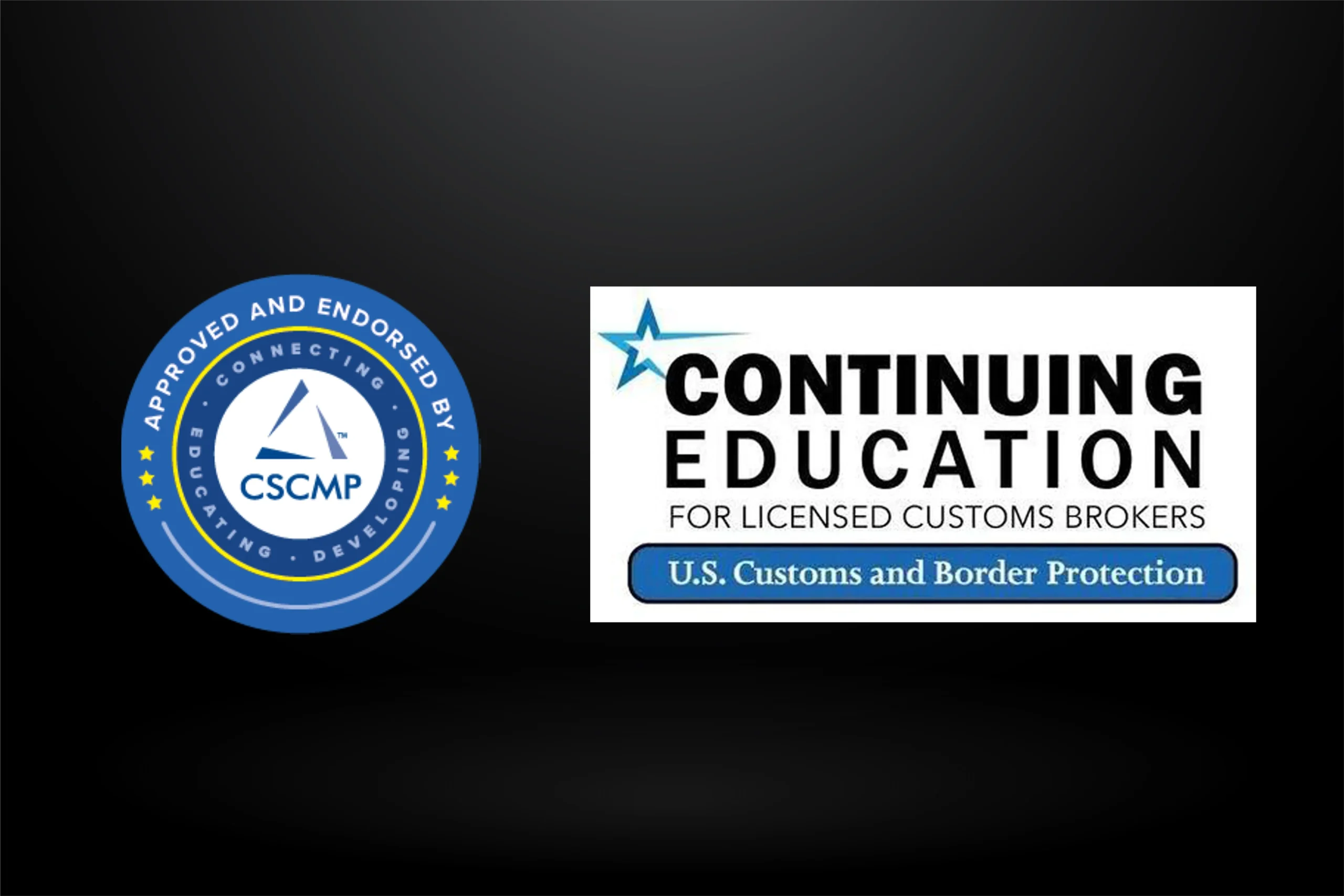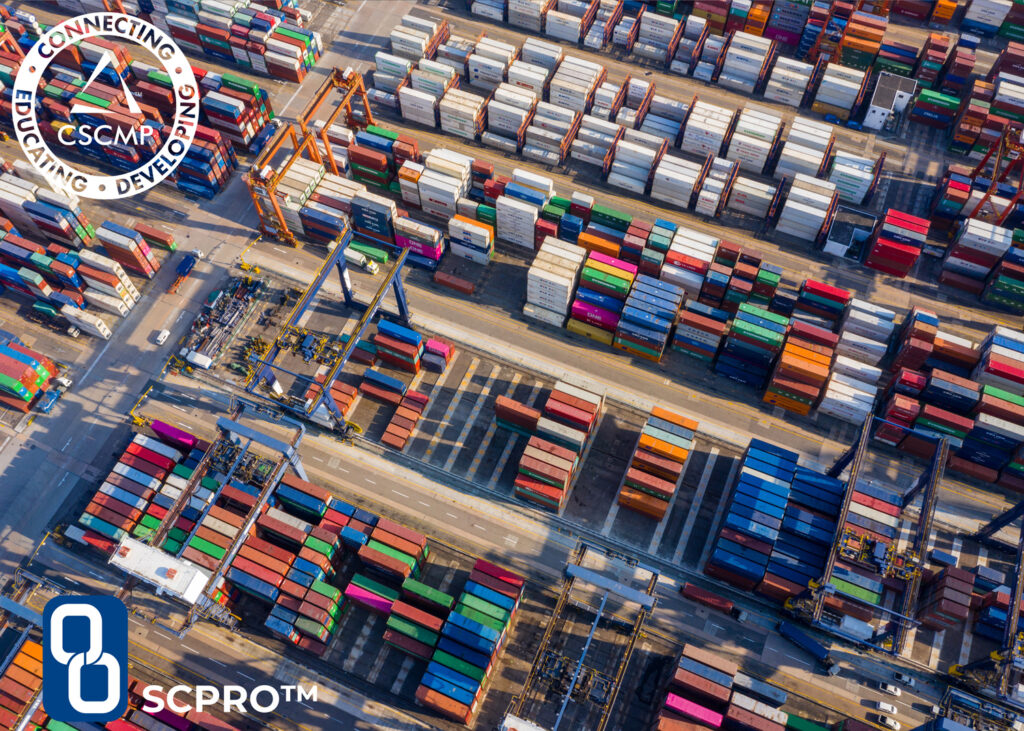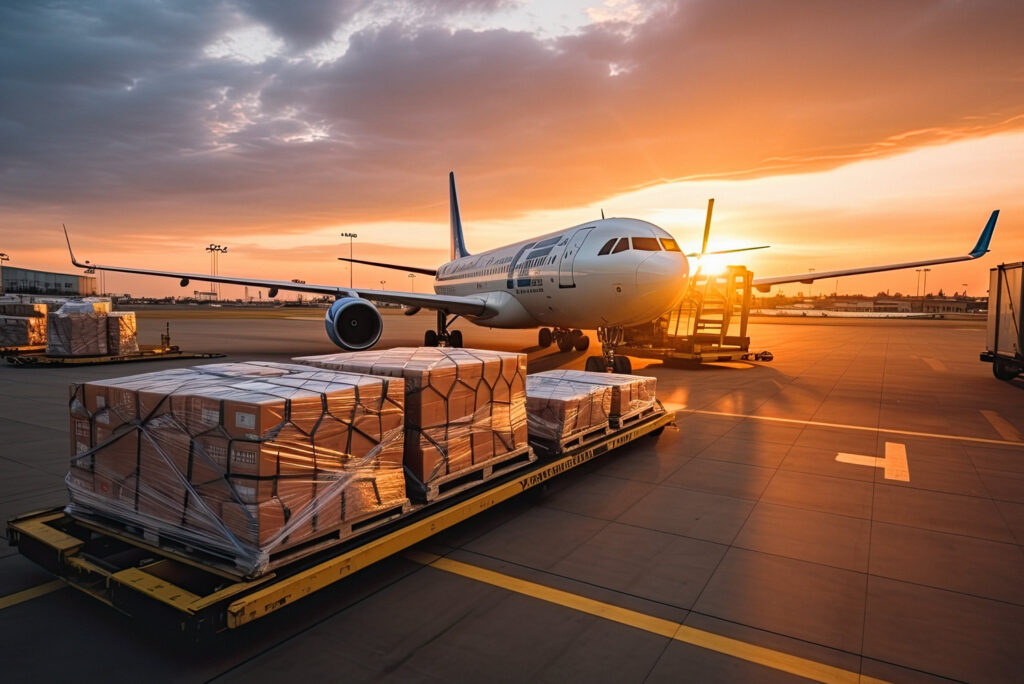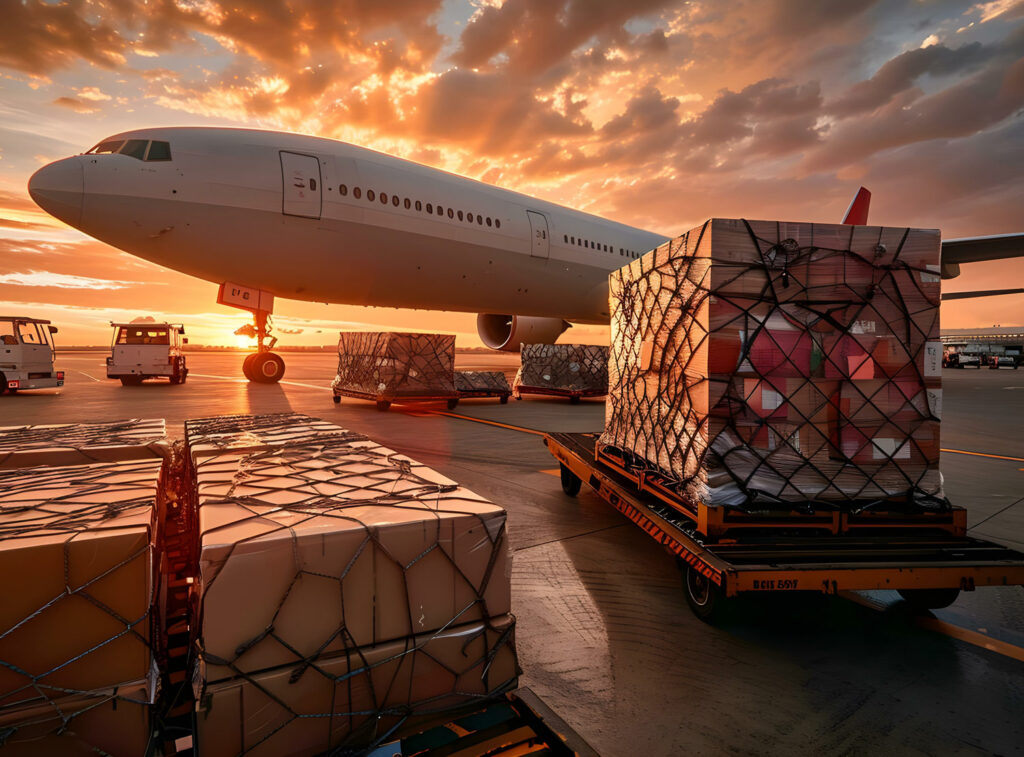Your Logistics Training Platform
Online logistics and supply chain training for individuals, teams, and enterprises — backed by industry accreditation and built for real-world results.
Explore Course CatalogUpskilling Today’s Logistics & Supply Chain Professionals
Today’s logistics challenges aren’t solved by theory — they’re solved by professionals who know what to do and when to do it.
FreightPath delivers skills-based, industry-recognized e-learning that helps logistics professionals move with confidence — from the warehouse to the global freight lane.
Our curriculum is designed for real-world impact: to close skills gaps, meet compliance demands, and support career advancement. Whether you’re an individual learner, a growing team, or a global enterprise, we offer scalable, role-specific training paths that deliver measurable results.
FreightPath's Intended Audience
A flexible platform for individuals, companies, and enterprise learning.
FreightPath was designed to support how logistics professionals actually learn and grow — whether you’re upskilling on your own, training your team, or building a custom enterprise program.

Individuals
Whether you're new to the field or stepping into a bigger role, our on-demand courses give you clarity and direction. Learn at your pace. Apply it the next day.
Learn More
Companies
When onboarding takes too long or strategy doesn’t reach the frontline, it’s not a people issue — it’s a skills gap. Our tailored training helps teams ramp faster, retain talent, and meet performance goals with confidence.
Learn More
Enterprise
Tailor scalable training programs that close skill gaps, accelerate onboarding, and align with your enterprise strategy.
Learn MoreTraining That Meets the Needs of Every Logistics Function
Whether you’re managing freight, compliance, or warehousing — every role in the logistics chain plays a part in business success. FreightPath offers targeted training solutions designed to support the unique challenges of your operation.
In-Demand Skills
Train your teams in the operational and regulatory knowledge that drives logistics success today — from customs compliance to multimodal routing.
Expert-Curated Content
Access practical training designed by freight professionals and backed by industry authorities like CSCMP and CBP.
Hands-On Learning
Equip your team with real-world tools, job aids, and actionable scenarios — not just slide decks.
Insight-Driven Training
Track progress and performance with built-in reports that align with your learning strategy.
Explore Our Top Courses
Strengthen workplace skills with curated learning pathways Explore training programs designed to improve performance and support your company’s strategic goals.
Real Results from Real Professionals
“The educational materials offered by CSCMP and FreightPath are top-notch! As a college professor, I have found that this online content affords students and recent graduates the ability to gain additional certifications and in-depth supply chain knowledge to strengthen their credentials and marketability. The self-guided approach and easy-to-use interface are key, and the well-developed content is impressive.”
“FreightPath has filled a critical industry gap for midsize organizations by providing exceptional training content that streamlines onboarding, supports ongoing education for existing employees.”
“International logistics won’t get any simpler, and the need for professionals who can operate in this dynamic environment is growing fast. FreightPath is helping close that gap with timely, relevant content and flexible talent solutions that meet today’s needs and prepare professionals for what’s next.”
“The FMC class is truly a gem! The material is ambitious yet plausible and a must take for any seafreight specialist working in the US supply chain industry.”







